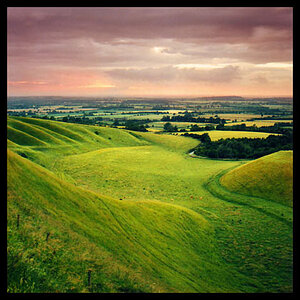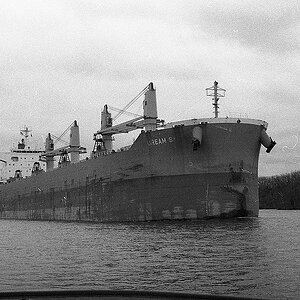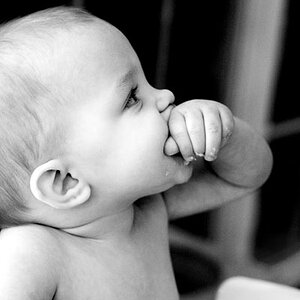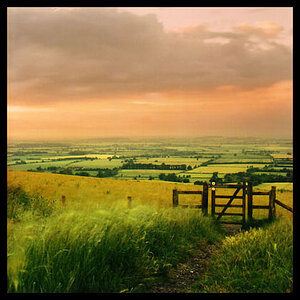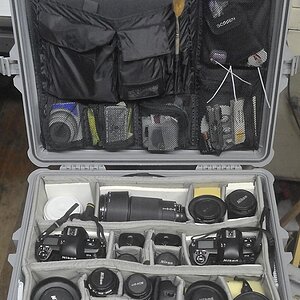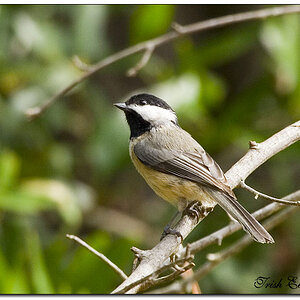tomohawk
TPF Noob!
- Joined
- Jan 7, 2017
- Messages
- 4
- Reaction score
- 0
- Can others edit my Photos
- Photos NOT OK to edit
I have a Sony A100 with a DT 18-70mm f3.5 - f5.6 lens.
I want to photograph the Milky Way from Portugal and need detailed help with the settings and exposure time, as I am a beginner.
Thanks,
T
I want to photograph the Milky Way from Portugal and need detailed help with the settings and exposure time, as I am a beginner.
Thanks,
T



![[No title]](/data/xfmg/thumbnail/32/32176-48b4ba2fc0e35afa267c5882154e7620.jpg?1619735235)
